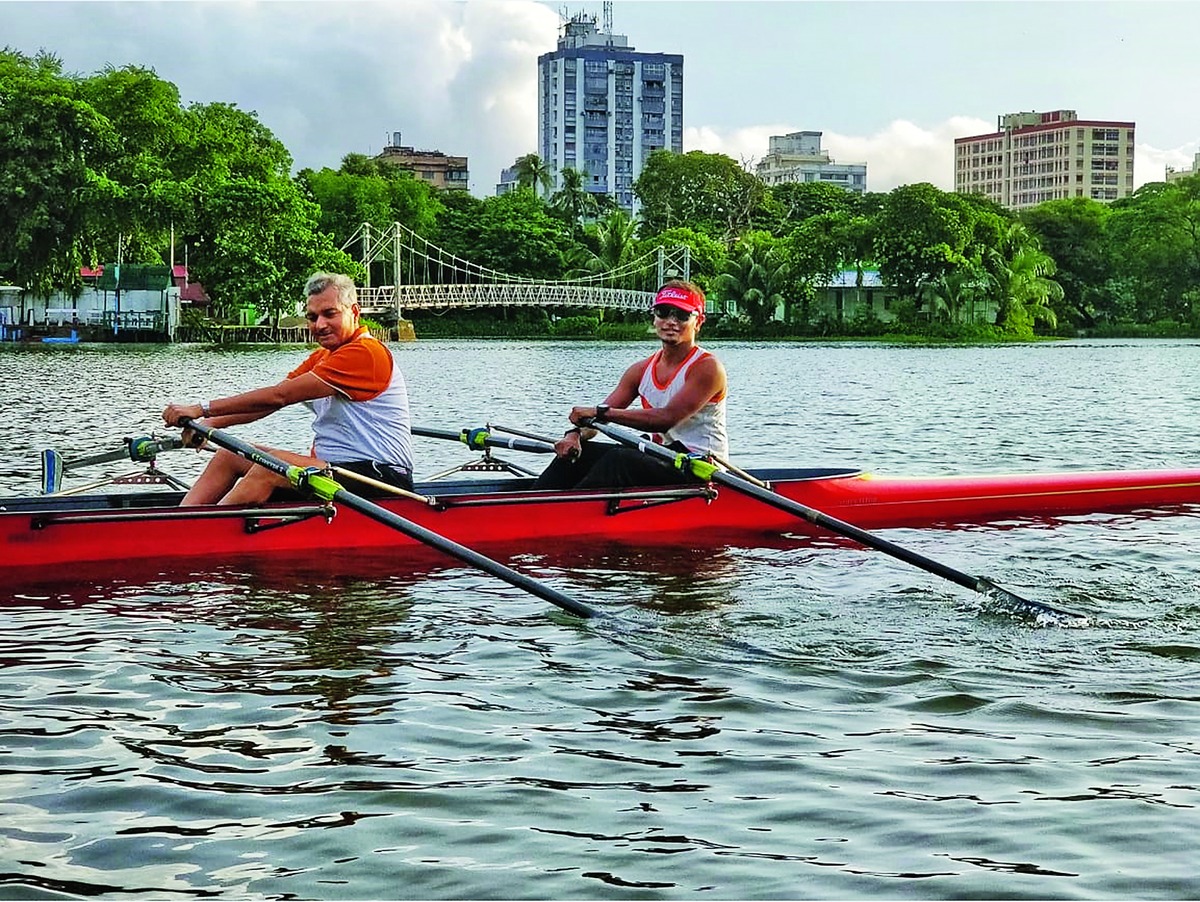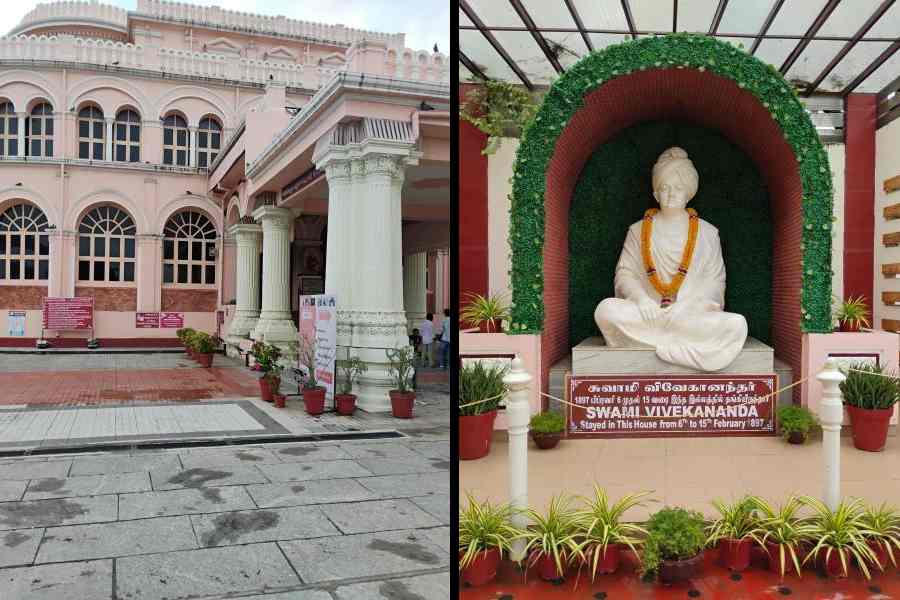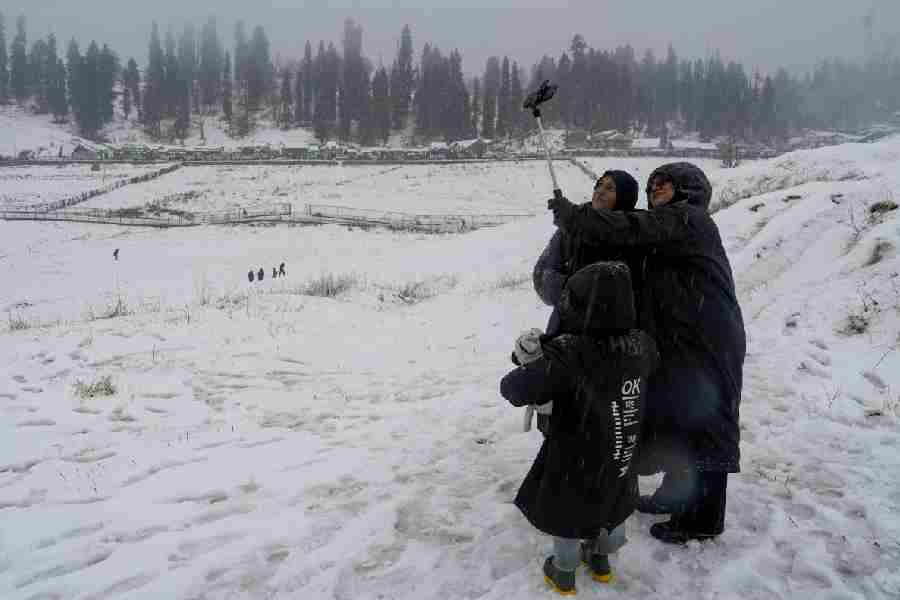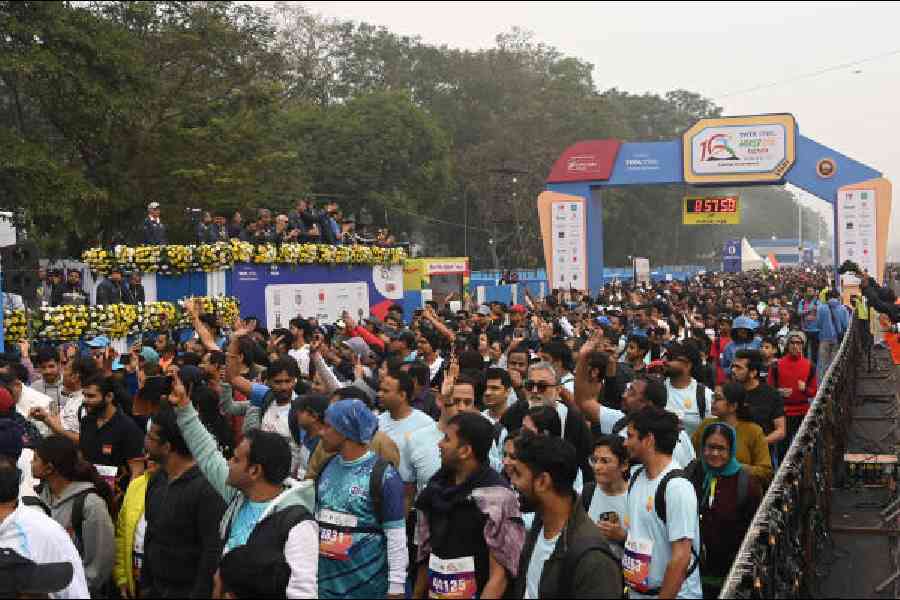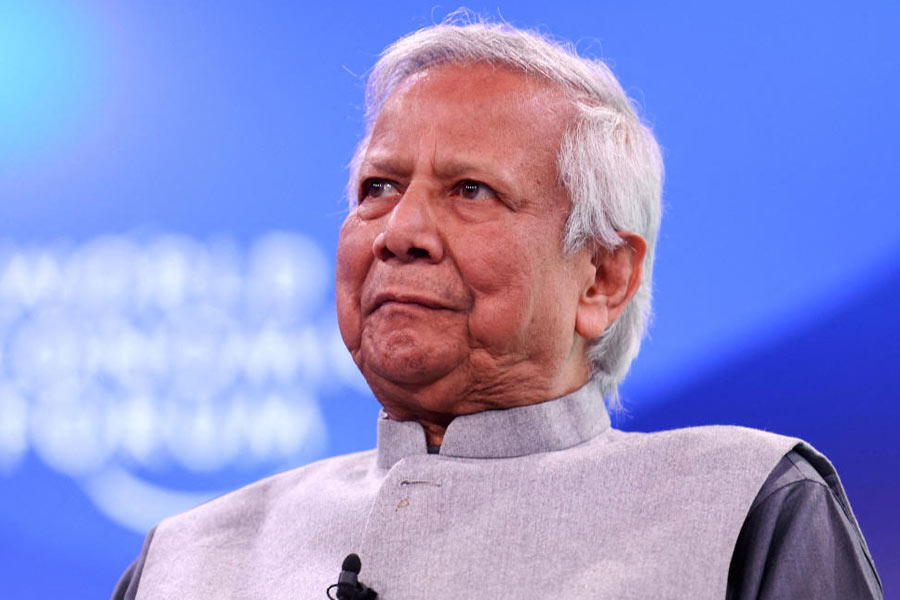

Indian rowers are in the news. Haryana's Dushyant Chauhan has won bronze and the Indian men's sculls team comprising Swarn Singh, Dattu Bhokanal, Om Prakash and Sukhmeet Singh has won gold in rowing at the 18th Asian Games in Jakarta this week.
Girish J. Phadnis, secretary-general of the Rowing Federation of India, is on his way to the Asian Games when he speaks over the phone, from the Singapore airport. He is hopeful, "We have a huge contingent this time. We are expecting at least six medals. Rowing is developing in India."
There might be no one from Bengal in this team, but the state has a long association with this sport. Perhaps even the longest such in the country. Rowing was introduced in India by the British settlers. Clubs encouraging the sport sprung up in the main trading posts, wherever suitable stretches of water could be found.
We are getting all this information from Srinjoy Sen. The 24-year-old is a qualified British rowing umpire, the youngest Indian to become one, according to him. In the past six years, he has been to more than 200 rowing facilities in over 35 countries.
The Calcutta Rowing Club (CRC), India's first such club, was set up in 1858. A decade later came the Madras Boat Club. Currently, Calcutta has three other rowing clubs - Lake Club, formed in 1932; Bengal Rowing Club (BRC) from 1935; Calcutta University Rowing Club, first formed in 1918. "CRC was like an extension of the London Rowing Club. Only Whites could row there. The Bengalis formed the Lake Club and the Marwaris the Marwari Rowing Club, renamed BRC," says Sen.
Though, to begin with, rowing was a sport of the elite, things changed over time. Small towns and villages are also taken by the sport now. "In India, more and more rowers are from middle-class and not-so-well-off families," says Sen. A chunk of them - mostly women - are from states such as Kerala and Odisha, where there is a tradition of rowing.
Most top rowers of the country, Sen points out, hail from the Indian Army and these tall jawans are the reason we earn medals; Bajrang Lal Takhar, winner of India's first rowing gold at the 2010 Asian Games, is from Rajputana Rifles.
Sen wanted to be a rower too, but his height came in the way. He is all of 5 feet 6 inches. He says, "The first few years, I rowed a lot. Then I realised I was not made for rowing. Rowers are generally really tall. Two full strokes by me equalled one stroke of a rowing pro."
Rajesh Agarwal, who is rowing captain of BRC, says, "You can't see yourself winning as you are rowing in the opposite direction."
Sen then tried his luck as a cox - the person who sits right at the back of a boat and controls its direction. But when it damaged his back, he changed course.
One thing led to another and Sen found himself even more deeply embedded in the world of professional rowing. Out of any kind of direct participation himself, he now developed an interest in umpiring, which he discovered was a tedious activity. Apart from the informed judgement call, there was a lot of back-end work.
But when he applied to the Rowing Federation of India for his licence to umpire, he was not allowed to appear for the qualifying exam. Was he physically stopped? No. But he was discouraged. On what grounds? That he was too young and umpiring is the exclusive preserve of greyheads. Four years later, however, he took the qualifiers in the UK and cleared it.
Sen had spoken of how he took to rowing in his schooldays. While that was some years ago, Agarwal too talks about how Calcutta schools are promoting the sport in a big way, with every other institution having its own rowing team. He talks about the Khelo India programme initiated by the ministry of sports and youth affairs, which is attracting young rowers because of monetary support. The Sports Authority of India-funded rowing centres exist all over the country. A lot of young people sign up for training at these for three square meals a day, a roof over their heads and the hope of a better life, says Sen.
For a sportsperson, Agarwal is a tad poetic. He says, "This sport is not that attractive. No spectator engagement, the actions are also repetitive, but that is also the beauty of it. The sameness, the quiet of the surroundings and the music of the oars slapping against the waters, again and again and again."

